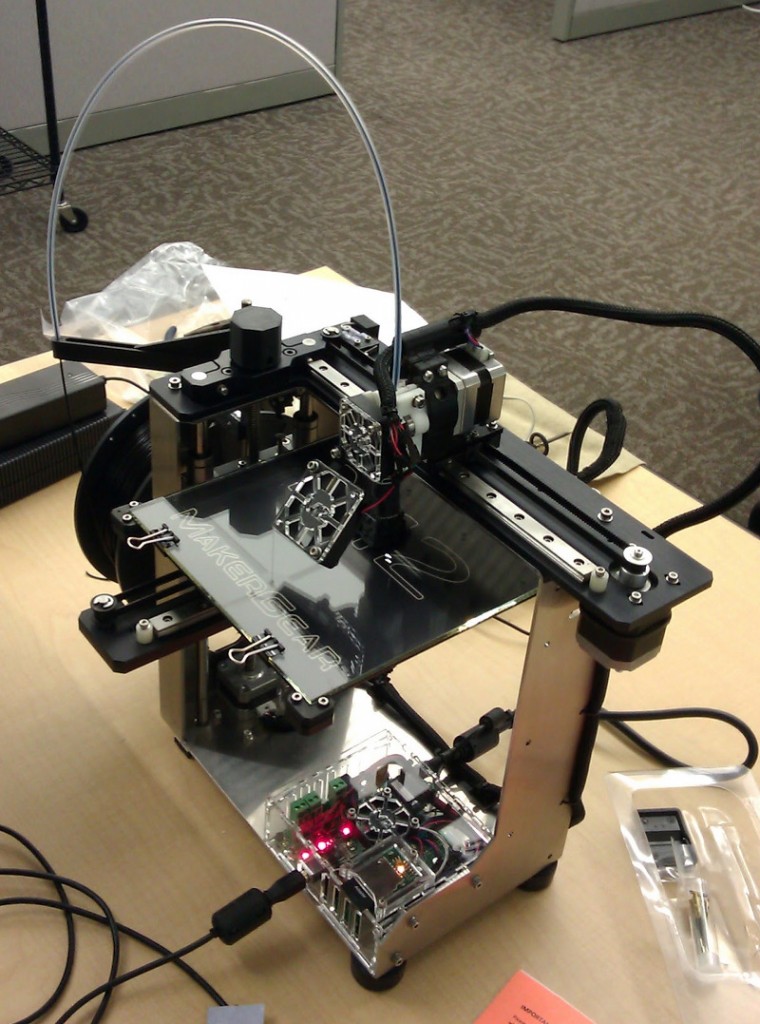I switched my mobile service to Ting in late March of last year. The experience has been great, and I’m glad I switched. Why did I switch? I’ll get to that. First, let me give you some background.
(OK, so this post turned into a narrative of my journey from feature phone to smartphone. I’ll post my thoughts on Ting in a separate post.)
I had come to the end of my contract with Verizon in 2010 (I think). In the summer of 2011, I began looking at upgrades from my flip-phone (don’t remember why), and saw the Microsoft Kin (I was shopping feature phones, because $30/month data plans are dumb). It had 802.11 wireless, a halfway decent camera, and a crippled browser, so it seemed to be a clear upgrade. I could pay for data at $10/75MB which also seemed reasonable. So I visited a local Verizon reseller. They didn’t have good things to say about the Kin (I don’t think they even had them in stock). I ended up looking at the low-end smartphone options. This was about the time that Verizon was killing their unlimited plans, so there was some uncertainty about exactly what it was going to cost just to have a smartphone. I ended up getting an LG Ally. It took me about a day to reach full-blown buyer’s remorse. I figured out quickly that a) this thing came with a $30/month ball and chain and b) it was never going to be worth $30 per month. I returned the device after about a week.
The Ally was definitely nice (still the best mobile keyboard I’ve ever laid thumbs on), and I still wanted a smartphone. I started doing more research on data plans and the available devices, and began looking at exactly what a smartphone was worth to me per month. I started paying attention to the device market, looking for a device that could have better utility for me.
It was around this time that a number of MVNOs with reasonable data plans started popping up. Their plans were more geared toward someone like me who spends 95% of their waking hours in range of a wireless access point. I was aware of these providers, but I found their phone selection unacceptable (I had two requirements: physical qwerty and at least a 400×800 screen). News of the Droid 4 also leaked in the fall of 2011, and it looked promising. I began biding my time, waiting for Verizon to release the phone. Between a great device and an 18% discount on our family plan (which I had previously been unaware of), the cost of a data plan was acceptable, just barely. December came, it looked like the Droid 4 might release along with the Droid Razr, and I was ready to pull the trigger on an upgrade.
December went, and there was no announcement of the Droid 4. Then, some time in January, one of my lab-mates switched to the Ting beta. I was already aware of Ting at the time, but this kept them in my attention. They had a flexible plan structure, and appeared to be all about providing excellent wireless service. Within the next month or so, Ting ended their beta and started selling to the general public, and I started paying attention to Ting’s blog, along with their Facebook and Twitter presences.
That’s right, they’re a brand new wireless service with presences on Facebook and Twitter. And not just sales and PR drones trying to sell the service. These presences were actually managed by real, living, thinking, feeling human beings. People asked questions, and Ting was obviously trying to be as open as they possibly could in their responses. Some people came to Ting on Facebook and Twitter with problems, and Ting would start troubleshooting right then and there, on the public Internet. This usually ended with a “You’ll need to contact help@ting.com with your personal information. They should be able to fix you up.”, but this is a big step from the way any other service provider interacts with their customers (and potential customers).
Sometime in March, the HTC Detail made it into Ting’s device lineup. Now Ting had a pricing model that worked for me and a device that I found acceptable. By the end of March, I was a Ting customer. I was paying only maybe 30% more than with Verizon, but I had a smartphone and a data connection. If I wanted to contact Ting, I could contact them via email, Facebook, or Twitter, or I could pick up the phone and call them and be talking to a human being in less than 10 seconds. Oh, and did I mention that there was no ball and chain contract involved? Take that Verizon.





